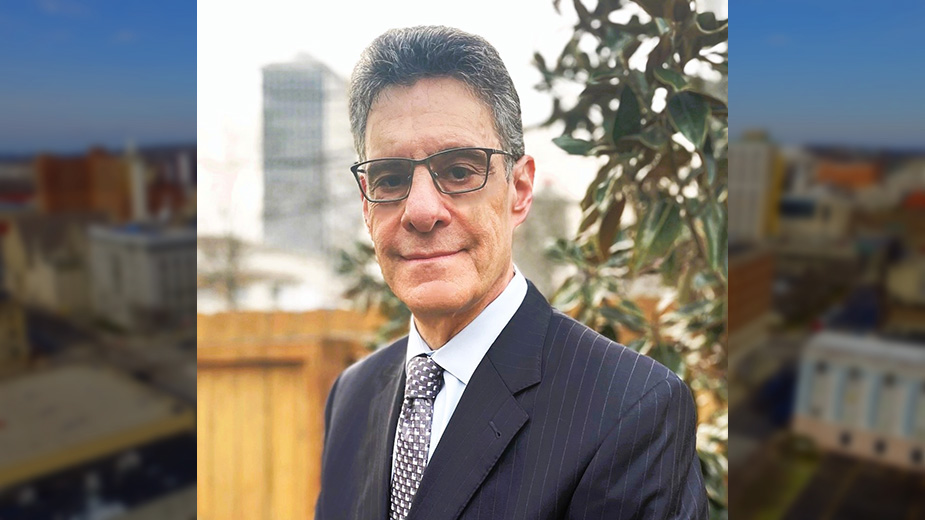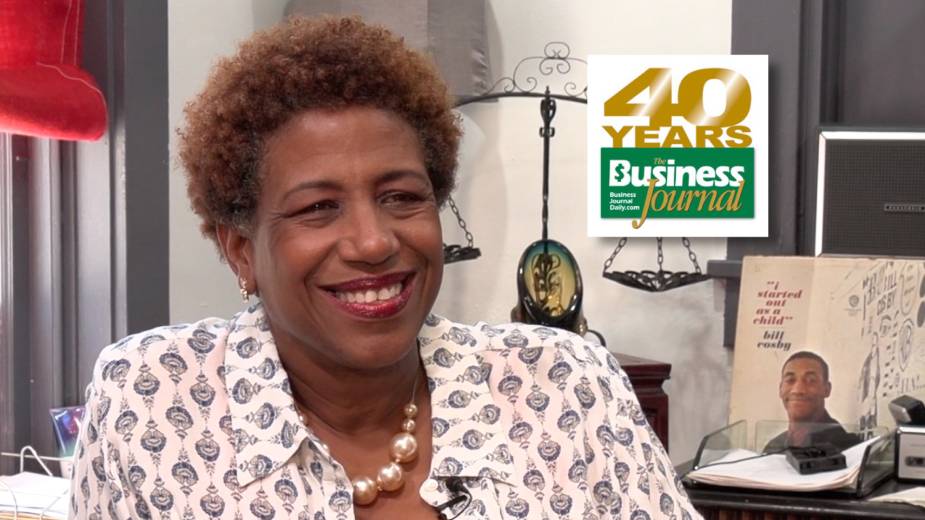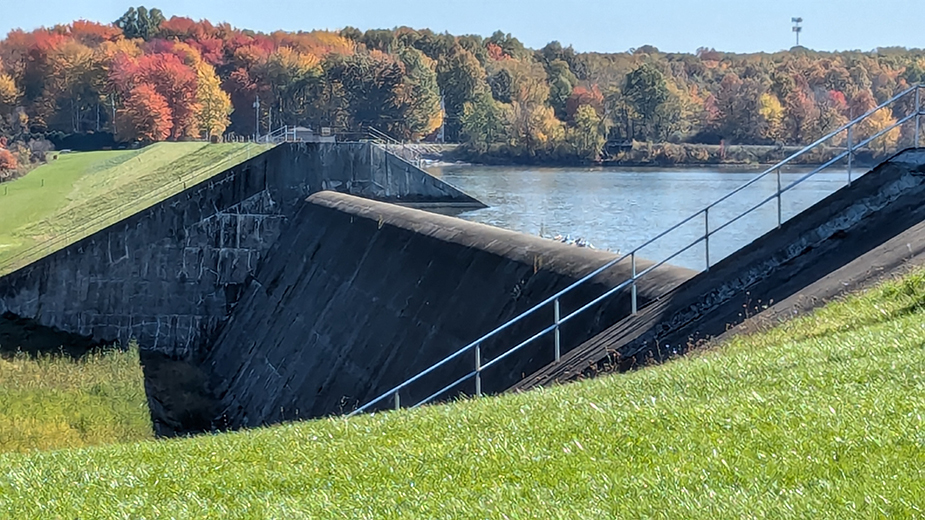40 Years Reflection: Dulberger Came to Youngstown Looking for a Challenge
YOUNGSTOWN, Ohio – Reid Dulberger’s first impression of Youngstown was that it was a depressed and depressing area.
He arrived at that opinion in 1983 when he visited the city as a graduate student in the Carnegie Mellon University School of Urban and Public Affairs.
“When I got back to Pittsburgh a little bit before classes started, I took a road trip to Youngstown and spent, I think basically, two days there,” Dulberger says. “I crawled around the then-vacant Jenny furnace and saw other sites.”
He saw mostly the hard hit parts of town, however, not the whole community.
After graduating, Dulberger worked in the U.S. Department of Energy and the Department of Housing and Urban Development. But he always wanted to work in economic development. In fact, he wanted to work in an area like Youngstown “where the effort, if successful, would have a real impact on people’s lives,” he says.
He saw a listing in an economic development trade publication for a job at the Regional Growth Alliance in Youngstown, applied and got it. That was in 1991.
Dulberger led that organization for two years until the chambers of commerce of Niles, Youngstown and Warren merged to form the Youngstown/Warren Regional Chamber. Dulberger became the head of its economic and community development program, working there until 2008 when he left to work in Memphis.
Today he’s semi-retired and works as a consultant.
When he returned to Youngstown for the job, he noticed improvements since his first visit. He also was able to get a better picture of the community as a whole.
“There were some basic signs of life in downtown Youngstown,” he says.
The city, under then-Mayor Patrick Ungaro, had begun its program of acquiring brownfield sites, particularly of former steel mill sites. The city remediated them, prepped them for development and gave them to businesses that would bring significant employment opportunities to the city.
The process was made profitable through income taxes “which was a very aggressive, very bold move on the city’s part,” he says.
During his time working in economic development in the Mahoning Valley, there was much progress. “I think by the time I left in 2008, the seeds had been sown for moving ahead,” he says.
There was a growing sense that the communities all comprised one region, he says.
“Downtown Youngstown was going through a renaissance. …Vacant buildings had been either torn down or reoccupied,” he says.
The Valley had carved out a niche for itself as a community in terms of industrial recruitment, too.
“I think the narrative nationally had switched from Youngstown as being this depressed, tragic Rust Belt saga…into Youngstown as this sort of survivor of industrialization and a model for what communities could do to rebuild themselves after catastrophic loss,” Dulberger says.
The Youngstown Central Area Community Improvement Corp. contracted with the Regional Chamber for staffing purposes, facilitating the chamber’s entry to downtown redevelopment, he says.
That led to construction of the Voinovich Center, the Mahoning County Children Services Board building and Seventh District Court of Appeals building. It also led to two buildings being constructed for the Youngstown Business Incubator.
Another successful endeavor was Grow Mahoning Valley, a partnership of business, labor and government to leverage federal and state funding for local infrastructure projects.
During Dulberger’s time in the Valley, about $195 million in federal and state grants were secured for roads and water lines and sewer projects.
“It’s not sexy by any stretch of the imagination, but it is incredibly, incredibly important for growth,” he says.
The chamber successfully led the effort to keep General Motors in Lordstown when the plant was threatened as well as to preserve the Youngstown Air Reserve Base in the face of base realignment and closure.
But not all plans bore fruit.
“We had for many years great hopes and aspirations of using or leveraging the Youngstown-Warren
Regional Airport as a cargo hub, as an aerotropolis. And obviously, that did not come to pass,” Dulberger says.
“People should know that for every success you talk about, there are two or three projects you wish you could have done,” he says.
Pictured at top: Reid Dulberger came here in 1999 and left in 2008.
Copyright 2024 The Business Journal, Youngstown, Ohio.



